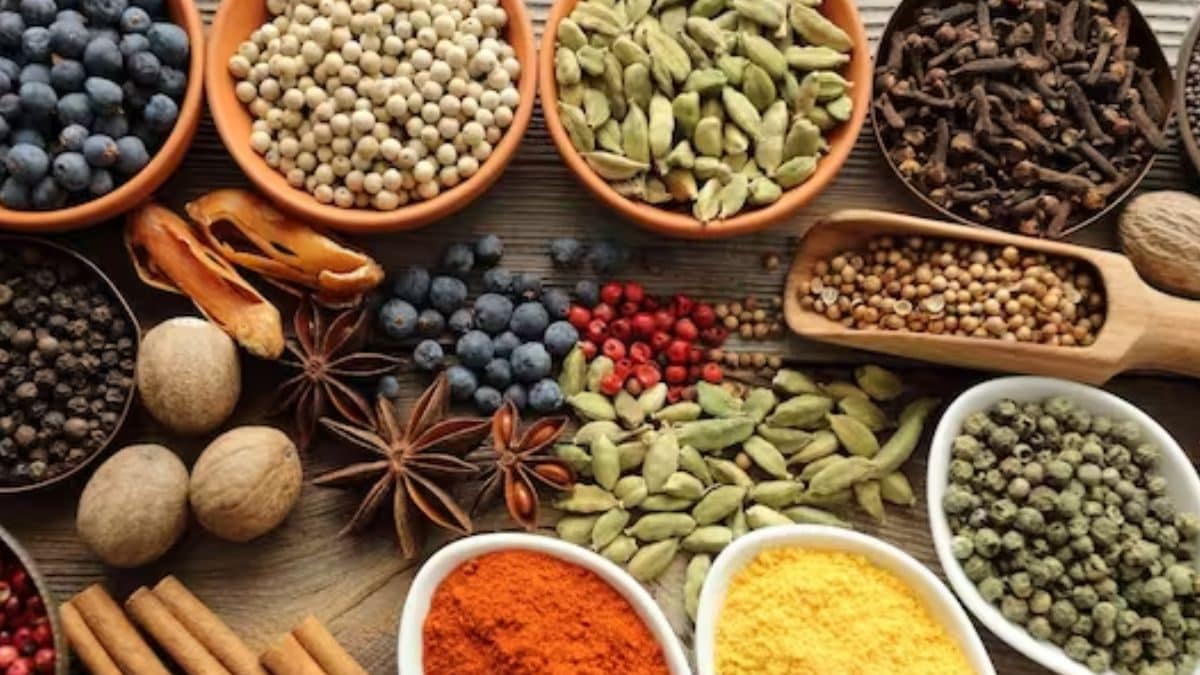Wholesale price-based inflation rose to an eight-month high of 0.26 percent in November, driven by a sharp jump in food prices, especially onion and vegetables. The WPI inflation was in the negative or deflationary zone for the past seven months since April and was at (-) 0.52 percent in October.
The last positive WPI inflation was recorded in March at 1.41 percent.
Also Read: Year Ender 2023: Financial Health Check, How Indian Middle Class Redefined Spending
“Positive rate of inflation in November 2023 is primarily due to increasing in prices of food articles, minerals, machinery & equipment, computer, electronics & optical products, motor vehicles, other transport equipment and other manufacturing, etc.,” the Commerce and Industry Ministry recently said in a statement.
Impact of Inflation
Food inflation spiked to 8.18 percent in November, from 2.53 percent in October. Inflation in onions zoomed 101.24 percent in November, from 62.60 percent in the previous month.
Inflation in vegetables was 10.44 percent, as against (-)21.04 percent in October.
In paddy and fruits, inflation was 10.44 percent and 8.37 percent respectively. Inflation in potatoes remained low at (-)27.22 percent in November.
During the month, inflation in manufactured products stood at (-)0.64 percent, fuel and power (-)4.61 percent and non-food articles (-)3.20 percent.
The RBI in its monetary policy review in December 2023 said that there would be an uptick in the inflation data for November and December due to pressure on food prices.
“Going ahead, the inflation outlook would be considerably influenced by uncertain food prices. High-frequency food price indicators point to an increase in prices of key vegetables, which may push CPI inflation higher in the near term,” RBI Governor Shaktikanta Das had said.
Barclays Research said the increase in wholesale food prices was more than in retail food prices, indicating wholesalers did not pass through the entire price rise to consumers, which may be reflected in elevated retail food prices in December unless supply (particularly of vegetables) increases.
Cost of Living
Vikas Singh, chief collection officer, Propelld, highlighted that rising inflation often leads to an increase in the cost of goods and services, affecting the overall cost of living for individuals and families and reducing the affordability of essential items.
“Food inflation, which accounts for around half of the total consumer basket, jumped to 11.51% in July – up from just 4.49% in June In July, vegetable prices increased by a staggering 37% year on year, annual food-inflation rate hit 11.5% in July, highest in over 3 years, pushing the overall inflation rate to a 15-month high of 7.4%,” Singh said.
He underlined that rising fuel prices directly contribute to inflation by increasing the cost of goods and services. Also, inflation is eating the purchasing power of the income group. If wages are not keeping pace with the rising cost of goods and services, he added.
Impact on Basic Needs & Savings
Citing a survey conducted by Rakuten Insight in March 2023 in India, Singh said about 64 percent of respondents aged 55 years and above stated that rising inflation affected their ability to pay for necessities such as food, clothing, and healthcare.
In comparison, 63 percent of respondents in the same age group reported that they could not save due to inflation. Inflation has impacted the value of savings and investments. If the rate of return on savings or investments is lower than the inflation rate, individuals may experience a decrease in their purchasing power.
Singh added that inflation also has a huge impact on India’s agricultural sector.
“It reduces agricultural product profitability and purchasing power, increasing risks and debts on farmers. People have adjusted their consumption habits in response to high inflation which is not good for the economy.”
Meanwhile, retail or consumer price-based inflation rose at its fastest pace in three months at 5.55 percent in November, driven by a spike in food prices.
The RBI had projected retail inflation to average 5.4 percent this fiscal.
The Asian Development Bank (ADB) in its December outlook said India’s inflation forecasts for 2023 and 2024 are in line with recent data and are still within expectations. It forecasts retail inflation at 5.5 percent for this fiscal.




